Schedule 40 pipe is widely used in plumbing, construction, irrigation, and industrial applications. It offers strength, corrosion resistance, and compatibility with a wide range of systems. Whether made from PVC, carbon steel, or stainless steel, Schedule 40 pipe provides a versatile solution for fluid transport, drainage, and structural support.
Schedule 40 refers to the wall thickness of a pipe. It follows the standards set by the American National Standards Institute (ANSI). Thicker than Schedule 20 but thinner than Schedule 80, Schedule 40 pipe balances strength and flow capacity. Available in materials like PVC, carbon steel, and stainless steel, it fits both residential and commercial needs.
The pipe is commonly manufactured in 10- or 20-foot lengths, with standard diameters ranging from ½ inch to over 12 inches. PVC variants are typically white or gray, while steel options may be galvanized or black-finished.
Applications of Schedule 40 Pipe
1. Residential Plumbing and Potable Water Systems
Schedule 40
PVC pipe is commonly used in homes for delivering clean water. It resists corrosion and prevents scale buildup. This ensures long-term performance and water purity. Installation is easy due to its lightweight nature, and it complies with drinking water safety standards. In high-rise buildings, carbon steel Schedule 40 pipe handles higher pressure levels, such as 280 psi at 2 inches.
2. Drainage and Wastewater Systems
PVC Schedule 40 pipe is ideal for residential and light commercial drainage systems. Its smooth interior allows fast water flow and reduces clogging risks. It’s often installed for rainwater removal, wastewater management, and underground drainage. The pipe resists chemical corrosion and can last over 50 years with minimal maintenance.
3. HVAC Systems (Heating, Ventilation, and Air Conditioning)
In HVAC installations, Schedule 40 pipe transports refrigerants and heating fluids. PVC versions are used for condensate lines, while carbon steel handles high-temperature steam in heating systems. The pipe’s thermal stability and sealability make it a reliable component in climate control infrastructure.
4. Fire Protection and Sprinkler Systems
Carbon steel Schedule 40 pipe is a common choice for fire sprinkler systems. It meets fire code requirements for strength and temperature resistance. Even during fire exposure, the pipe maintains its structural integrity, ensuring water reaches all sprinkler heads. Galvanized and corrosion-resistant types are used underground or in humid areas.
Other Specialized Uses
Agricultural Irrigation
Schedule 40 PVC resists chemicals and aids efficient water flow in irrigation.
Swimming Pools and Spas
It handles chlorine corrosion, used in pool plumbing for durability.
Structural and Architectural
Schedule 40 steel pipe is strong and easy to use for frames and fences.
Transportation and Equipment
It supports ship and vehicle frames; stainless steel resists rust.
Furniture and Interior Design
Used in industrial furniture for its strength and uniform look.
Common Applications and Recommended Materials
|
Application Area
|
Material Type
|
Key Performance Needs
|
Typical Sizes
|
|
Water Supply
|
PVC, Carbon Steel
|
Corrosion resistance, pressure
|
½” to 4”
|
|
Drainage & Sewage
|
PVC
|
Smooth flow, durability
|
1½” to 6”
|
|
HVAC Systems
|
Carbon Steel, PVC
|
Thermal stability, sealability
|
½” to 12”
|
|
Fire Protection Systems
|
Galvanized Carbon Steel
|
High pressure, fireproofing
|
2” to 10”
|
|
Agriculture Irrigation
|
PVC
|
Chemical resistance, flow
|
1” to 8”
|
|
Structural Support
|
Carbon Steel
|
Load-bearing capacity
|
1” to 6” (Round/Square)
|
With the advancement of material technology, Schedule 40 pipelines have also shown potential for application in emerging fields such as hydrogen energy transportation and environmental protection projects. Correct selection requires the combination of ASME, GB and other standards and specifications, and stress analysis and calculation when necessary to ensure safe and reliable operation of the system.






 English
English Español
Español بالعربية
بالعربية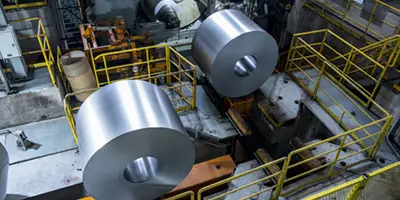

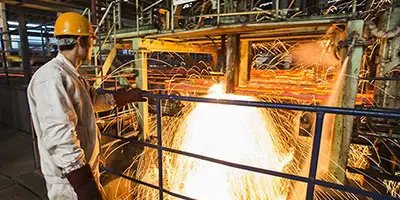
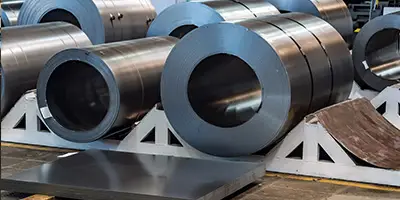

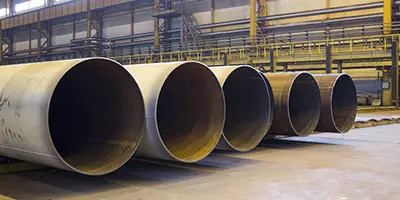
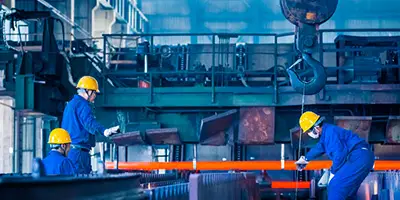
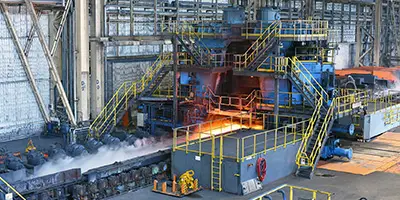
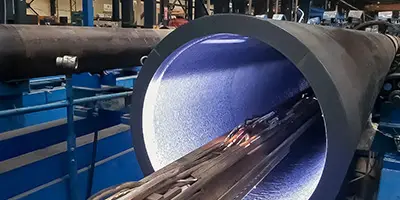
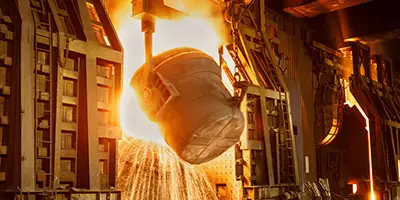
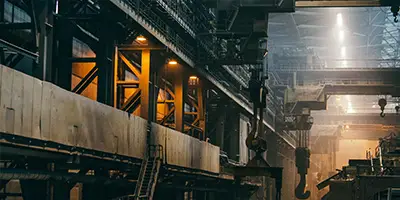
 Phone :
Phone :  Whatsapp :
Whatsapp :  Email :
Email : 


